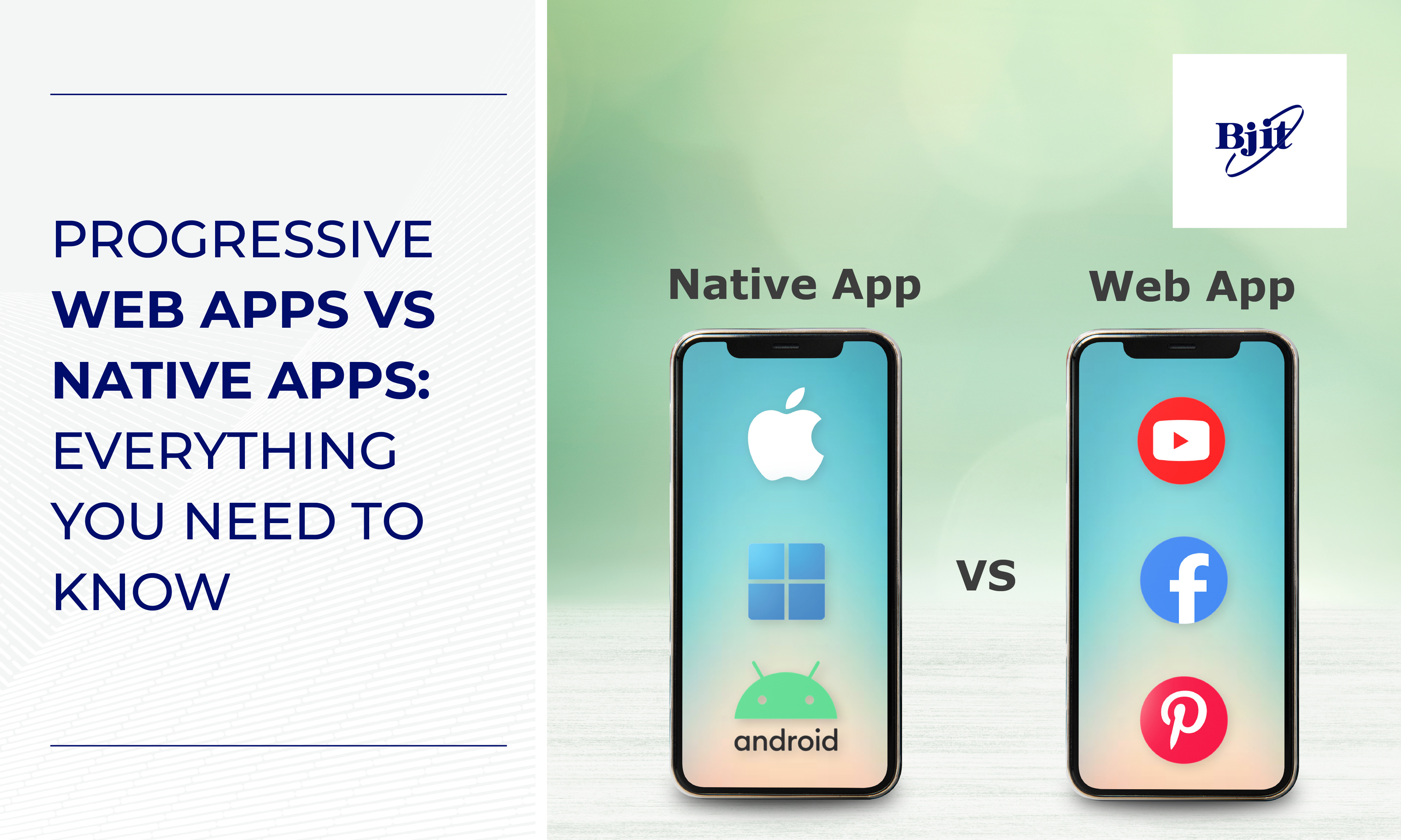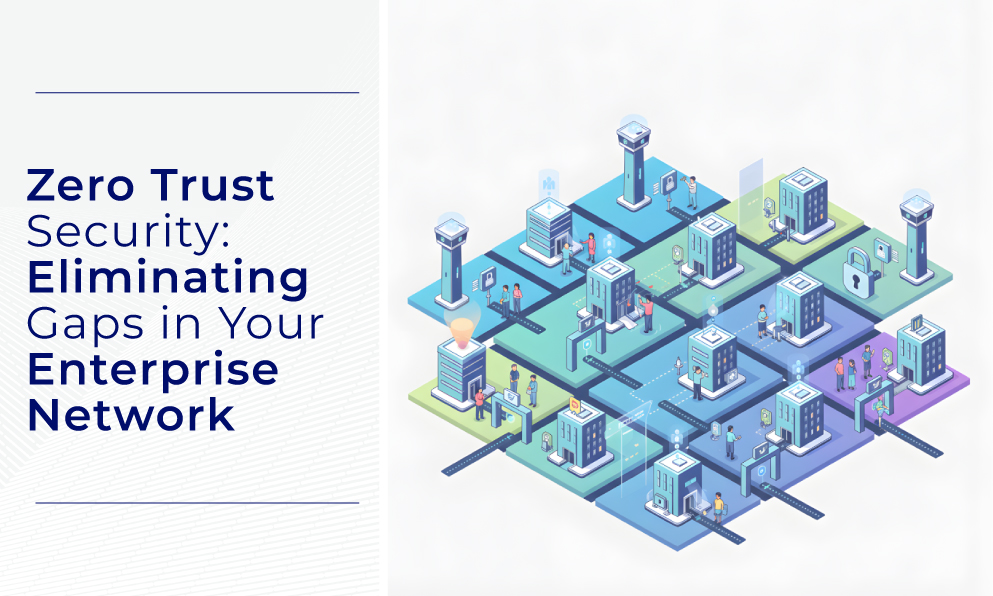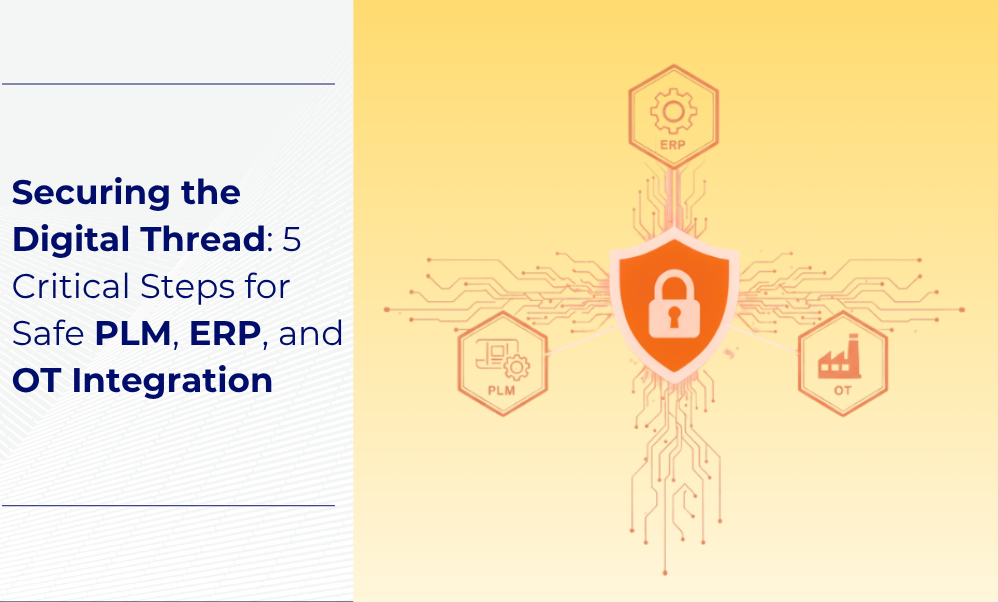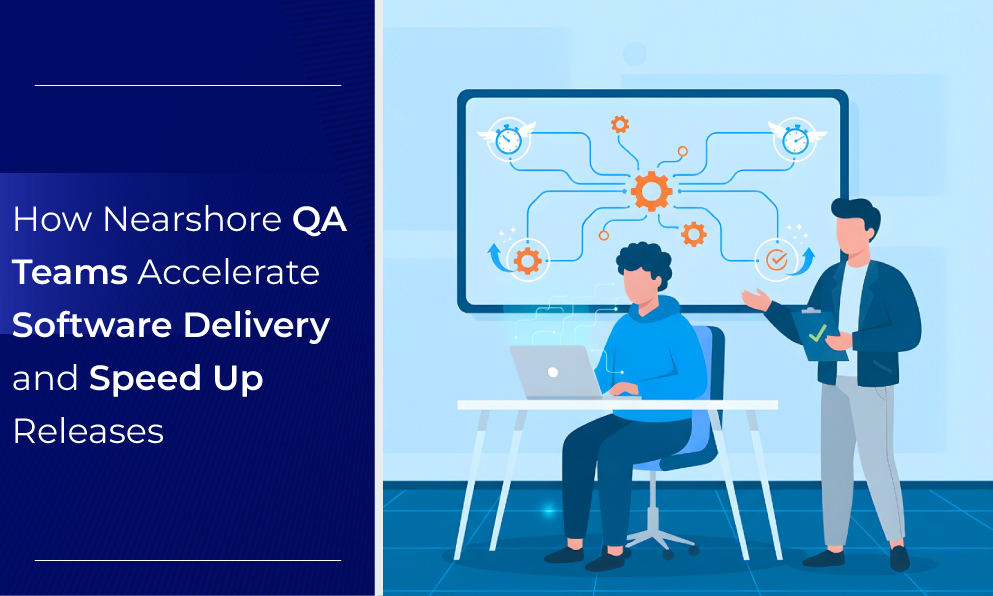Full-stack developers are like one-person armies in the software development sector. If you hire a full-stack developer or build a team, you don’t need to run through different departments or teams for the same project. So the demand is very high and skyrocketing every day.
Generally, a full-stack developer does all the work, from designing to the final software deployment. They handle and work on end-to-end programs, whether writing codes or building databases, servers, and platforms.
Benefits of Full-Stack Development
Full-stack development is a software development approach where a single developer or a small team is responsible for both a web application's front-end (client-side) and back-end (server-side) development. This approach has several benefits over traditional development methods, including:
1. Efficiency: Full-stack developers can work independently and quickly switch between front-end and back-end tasks, eliminating the need for multiple developers with different specializations. This can significantly reduce development time and costs.
2. Consistency: A single developer or team responsible for both the front-end and back-end will likely ensure consistency in the application's design and implementation, leading to a more cohesive and user-friendly experience.
3. Flexibility: Full-stack developers have a broader skill set and can more easily adapt to technological changes. This makes them ideal for working on agile projects where requirements and technologies may change frequently.
4. Control: Full-stack developers have complete control over the entire development process, from design to deployment. This can be beneficial for ensuring that the application meets specific requirements and is tailored to the business's needs.
5. Career opportunities: Full-stack developers are in high demand and command higher salaries than developers with specialized skills. This makes it a lucrative career path for those with the necessary skills and experience.
Full-Stack Web Application Project Ideas
If you are a beginner, you must build an impressive portfolio with full-stack projects. Now, you might wonder what projects you should do or start searching for ideas. Below, we have composed three of the best full-stack project ideas you can do and add to your portfolio.
Social Media Management Dashboard
- Elaboration: A comprehensive platform that allows social media managers to monitor, analyze, and manage multiple social media accounts from a single dashboard.
- Expansion:
- Integration with major social media platforms like Facebook, Twitter, Instagram, and LinkedIn.
- Real-time analytics and reporting on engagement, reach, and follower growth.
- Content calendar and scheduling features for organizing and planning social media posts.
- Collaboration tools allow team members to work together on social media campaigns.
Real-time Chat Application
- Elaboration: A web-based chat application that enables real-time communication between users, similar to popular platforms like WhatsApp or Slack.
- Expansion:
- Support for one-on-one and group chats.
- Multimedia sharing capabilities for sending images, videos, and documents.
- End-to-end encryption for secure communication.
- Integration with third-party services like Google Drive or Dropbox for file sharing.
Online Quiz Portal with Reporting System
- Elaboration: An interactive platform that allows users to create, take, and grade quizzes online.
- Expansion:
- Extensive question bank covering various subjects and difficulty levels.
- Customizable quizzes with options for multiple-choice, fill-in-the-blank, and essay questions.
- A detailed reporting system for teachers and administrators to track student progress and identify areas for improvement.
- Gamification elements like badges and leaderboards are used to motivate users.
These project ideas provide a foundation for developing functional and user-friendly full-stack web applications. By incorporating additional features and functionalities, you can create robust and scalable applications that cater to the needs of a wide range of users.
Project Implementation Tips and Best Practices
Project implementation involves various aspects and requires effective strategies to achieve successful outcomes. Let's elaborate on some tips and best practices for project implementation:
Agile Development Methodology
- Iterative Approach: Divide the project into smaller, manageable chunks called sprints. Each sprint should focus on delivering a specific set of features or functionalities.
- Continuous Integration: Continuously integrate code changes into the central repository to identify and resolve conflicts early.
- Test-Driven Development: Write automated tests before implementing new features to ensure they work as intended.
- Regular Feedback: Conduct daily stand-up meetings to communicate progress, identify roadblocks, and make necessary adjustments.
- Scrum Ceremonies: Utilize Scrum ceremonies such as sprint planning, sprint review, and sprint retrospectives to plan, inspect, and adapt the project.
Test-Driven Development Approach
- Write Tests First: Before writing any code, create automated tests that describe the expected behavior of the feature you're about to implement.
- Fail First: The tests should initially fail, indicating that the feature still needs to be implemented.
- Make It Pass: Write the minimal code necessary to pass the tests, ensuring the feature works correctly.
- Refactor: Once the feature is implemented, refactor the code to improve its readability and maintainability.
- Continuous Testing: Automate tests and integrate them into the build process to ensure they run with every code change.
Version Control with Git
- Centralized Repository: Use a centralized repository like GitHub or GitLab to store and manage code changes.
- Branching Strategy: Implement a branching strategy (e.g., trunk-based development) to manage different development lines efficiently.
- Pull Requests: Encourage team members to create pull requests for their code changes, allowing for code review and discussions.
- Merge Requests: Merge regularly approved pull requests into the main branch to integrate changes and track progress.
- Commit Messages: Write clear and concise commit messages that provide context and purpose for code changes.
How does BJIT manage full-stack development?
Whether you are a startup or a big enterprise, BJIT has a team of expert full-stack developers to fulfill all your business needs. Our full-stack developers work on various projects with a dedication to delivering exceptional results. BJIT provides full-stack developers capable of working on both the front-end and back-end of web applications. If you hire our full-stack developers, they will handle all your project requirements, from design to final deployment.
Our full-stack developers have the right skill sets to develop and deliver high-quality web applications. They are well-versed in various programming languages, frameworks, and technologies. We always stay updated with the latest trends in software development, so you can be assured that you are getting the best possible service.
Summary
In this competitive market, companies seek full-stack development to cut costs and optimize value. So, developers are working hard to improve their full-stack development skills. If you want to stand out in the crowd and make yourself count, do something extra. Make your portfolio unique by adding as many projects as you can. Take ideas mentioned in this blog and innovate something unique by tweaking them using your creativity.
Frequently Asked Questions (FAQs)
How do I decide on the right project idea for me?
Answer:
- Consider your interests: Choose a project that aligns with your interests and passions. This will make the development process more enjoyable and motivating.
- Assess your skills and knowledge: Evaluate your current technical skills and knowledge. Select a project that challenges you and is achievable based on your abilities.
- Research and explore: Look for open-source projects or ideas related to your interests. Read tutorials, watch videos, and analyze existing projects to gain inspiration and learn about different technologies.
- Start small: Don't overwhelm yourself with a complex project initially. Begin with a smaller project that allows you to learn and build confidence gradually.
- Get feedback: Share your project ideas with mentors, peers, or online communities to gather feedback and suggestions.
Which technologies are commonly used in full-stack web development?
Answer:
- Front-end:
- HTML, CSS, and JavaScript
- React, Angular, and Vue.js
- Bootstrap, Material UI, and Ant Design
- Back-end:
- Python (Django, Flask)
- Node.js (Express, Koa)
- Java (Spring Boot)
- PHP (Laravel, Symfony)
- Databases:
- MySQL, PostgreSQL, and MongoDB
- Redis, Memcached
- DevOps:
- Git, GitHub
- Docker, Kubernetes
- Jenkins, Travis CI
- Cloud:
- AWS (EC2, S3, RDS)
- Google Cloud Platform (Compute Engine, App Engine, Cloud SQL)
- Microsoft Azure (Virtual Machines, Blob Storage, SQL Database)
How can I improve my coding skills while working on a project?
Answer:
- Practice regularly: Dedicate consistent time each day or week to programming practice.
- Focus on fundamentals: Review the basics of programming concepts such as data types, variables, control flow, and functions to solidify your understanding.
- Break down complex problems: When working on a project, break down larger tasks into smaller, manageable steps. This makes it easier to focus on and solve each part individually.
- Use debugging tools: Utilize debugging tools provided by your programming language or IDE to identify and fix errors in your code.
- Learn from others: Read open-source code, participate in coding challenges, and collaborate with other developers to learn from their techniques and approaches.
Seek feedback: Ask for code reviews from experienced developers or mentors to receive constructive feedback and identify areas for improvement.











